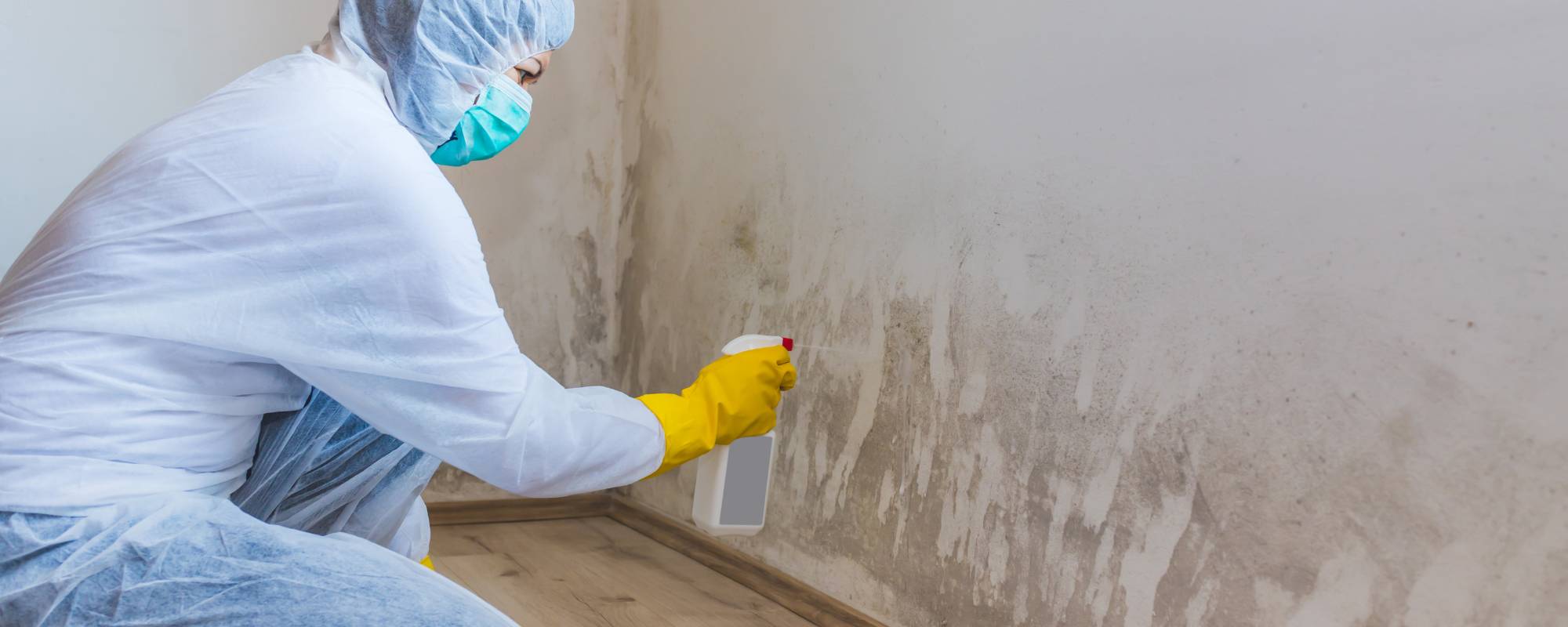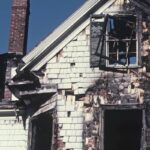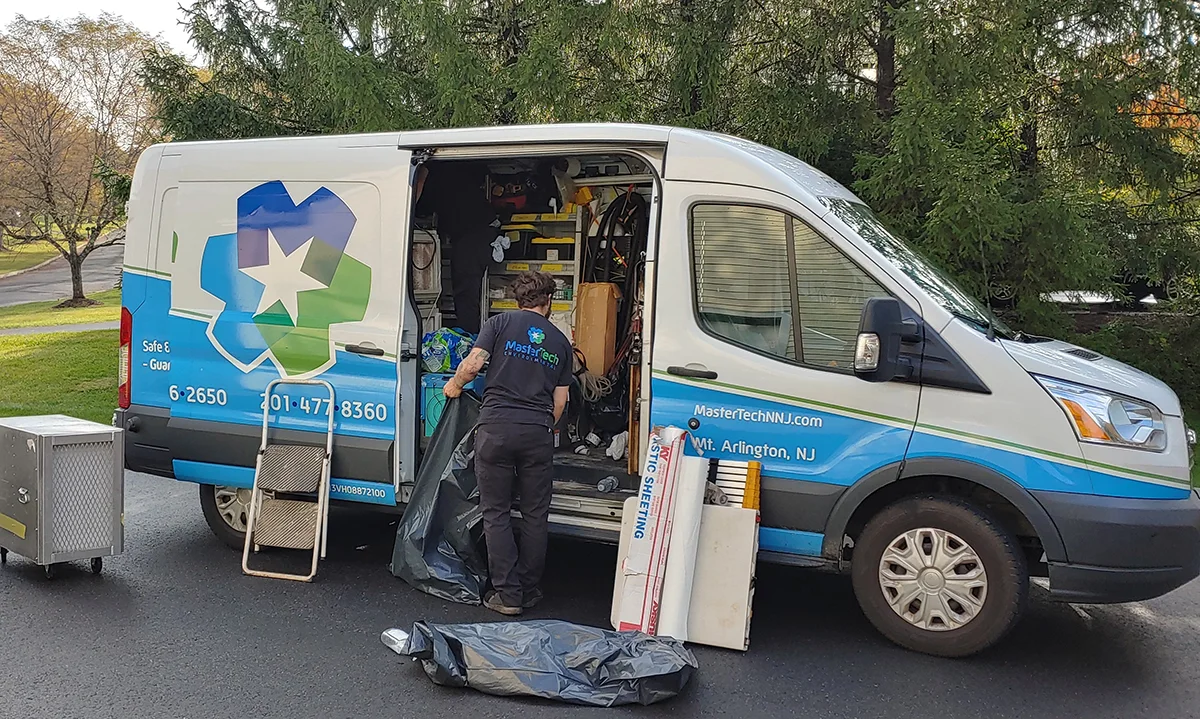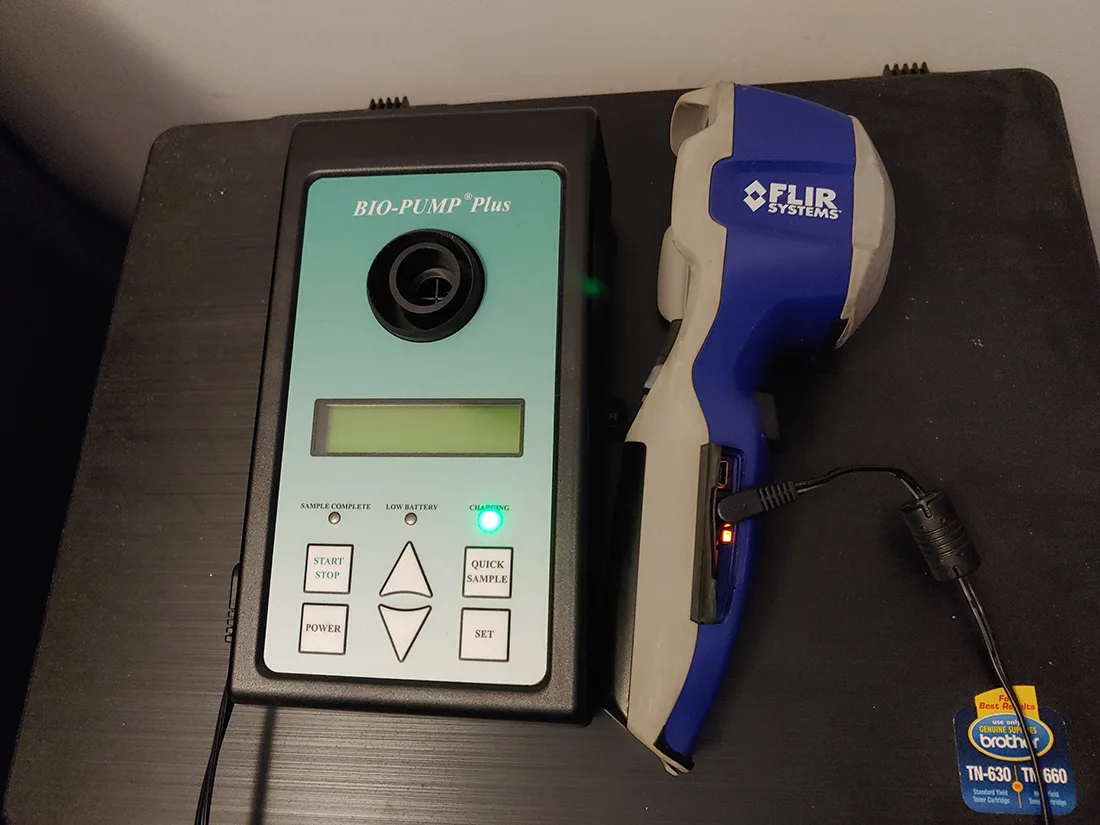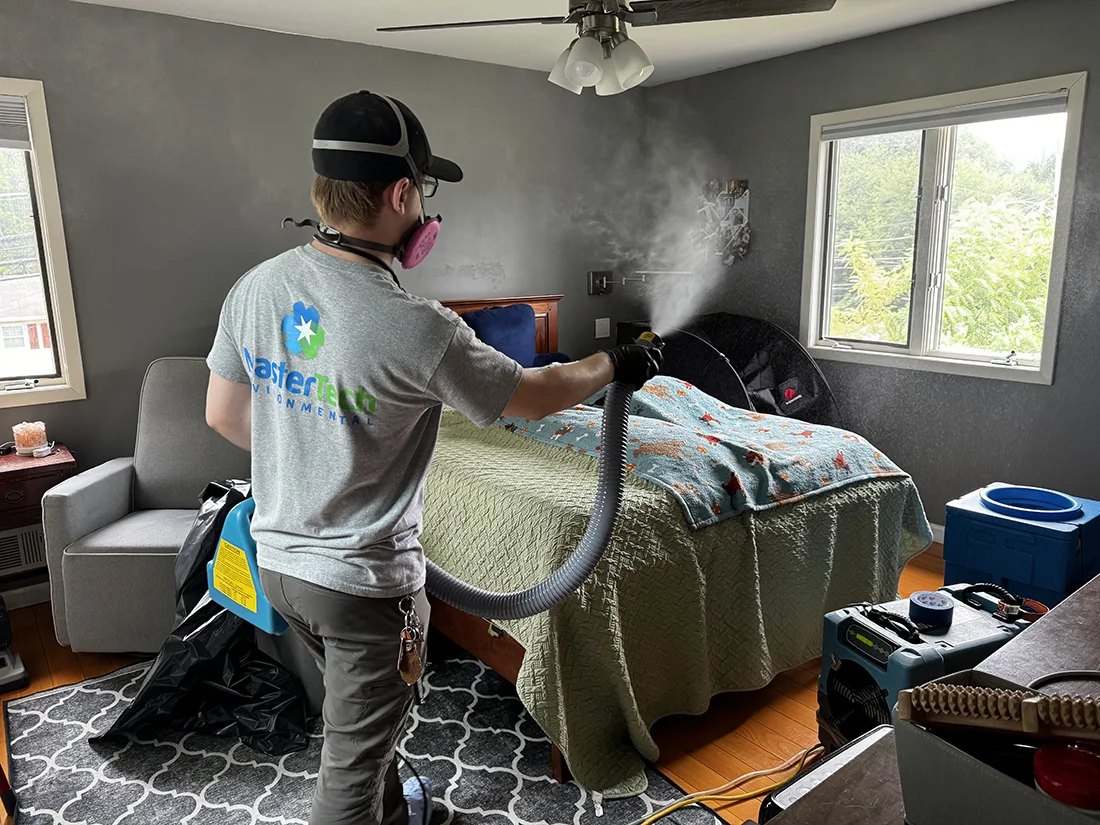Homeowners in Laguna Niguel, Mission Viejo, and Aliso Viejo should prioritize mold inspections to safeguard their living environments. Mold testing is essential for identifying hidden risks that can lead to significant health problems, especially in homes that are aging or prone to moisture. The inspection process typically includes a thorough examination of the property for moisture sources, visible mold, and an assessment of air quality.
Understanding when a mold inspection is necessary is crucial. Signs such as musty odors, water damage, or visible mold growth warrant immediate attention. A professional mold inspector utilizes advanced techniques and equipment to detect mold spores in the air and on surfaces, ensuring that potential hazards are addressed before they escalate.
Being proactive about mold inspections not only protects health but also preserves property value. In areas like Laguna Niguel, Mission Viejo, and Aliso Viejo, where environmental conditions may encourage mold growth, regular inspections serve as an investment in long-term safety and comfort for homeowners and their families.
Understanding Mold and Its Implications for Homeowners
Mold is a common concern for homeowners, especially in areas prone to moisture. It can pose serious health risks and compromise the integrity of a home. Understanding mold’s nature and its potential implications is essential for proactive management.
What Is Mold and Why Is It a Concern?
Mold is a type of fungus that thrives in damp environments. It reproduces by releasing tiny spores that can spread through the air, settling on various surfaces. Common areas for mold growth include bathrooms, basements, and around windows where moisture can accumulate.
In homes, unchecked mold growth can lead to structural damage. Additionally, mold can create unpleasant odors and lead to more extensive issues if not addressed. Homeowners in Laguna Niguel, Mission Viejo, and Aliso Viejo should be particularly vigilant, given the region’s humidity levels.
Health Risks Associated With Mold Exposure
Exposure to mold can lead to significant health problems. Common symptoms include respiratory issues such as coughing, wheezing, and nasal congestion. Individuals with existing conditions like asthma or allergies are especially vulnerable.
Mold spores can also trigger allergic reactions, causing skin irritation and other health concerns. Prolonged exposure may result in more severe respiratory complications and other systemic health issues. It is crucial for homeowners to be aware of these risks, especially in aging or moisture-prone homes, to protect their health and wellbeing.
Recognizing Signs of Mold in Your Home
Homeowners must be vigilant in recognizing the signs of mold, as early detection is crucial for health and property integrity. Key indicators often involve visual cues and noticeable odors, alongside underlying moisture and water damage commonly found in aging or moisture-prone homes.
Visible Indicators and Musty Smells
Mold often presents itself through visible growth in various areas of a home. Homeowners should regularly inspect damp places like bathrooms, basements, and under sinks. Mold can appear in various colors, including black, green, and even white, often taking on a fuzzy or slimy texture.
In addition to spotting visible growth, homeowners should listen for signs as well. A persistent, musty smell is a significant indicator of mold presence. This odor usually accompanies areas where mold thrives, providing a clear signal for immediate attention. Recognizing these two factors is essential for timely mold detection and remediation.
Water Damage and Moisture Issues
Identifying water damage is critical in mold detection. Homeowners should look for discoloration on walls or ceilings, which may indicate leaks or excessive moisture. Peeling paint or wallpaper can also be a sign of underlying issues needing investigation.
Moisture detection is a vital part of mold prevention. Homeowners should ensure proper ventilation in their homes, especially in areas prone to humidity. Regularly checking for leaks in plumbing and roofing helps mitigate the risk of mold growth. Keeping humidity levels below 60% can significantly reduce the likelihood of mold developing, making vigilance in moisture management key.
The Mold Inspection Process Demystified
Understanding the mold inspection process can empower homeowners to take informed steps regarding their property. Knowing what to expect and the tools involved can make the experience less daunting.
What Homeowners Can Expect During an Inspection
During a mold inspection, a certified mold inspector evaluates the property for signs of mold growth and moisture issues. The process usually begins with a visual assessment of areas prone to mold, such as basements, bathrooms, and attics. The inspector looks for discoloration, water stains, and any visible mold colonies.
Following the visual check, the inspector may discuss the home’s history, including past water damage or moisture issues. This conversation helps define the scope of work for the inspection. If necessary, they will take air samples or surface samples from suspected mold areas for laboratory analysis. The inspector typically explains each step to the homeowner, providing reassurance throughout the process.
Tools and Techniques Used by Professionals
Certified mold inspectors utilize a variety of tools to effectively conduct their evaluations. Common tools include moisture meters, which measure the level of moisture in walls and materials. These devices are crucial for identifying hidden water damage.
In addition to moisture meters, air sampling pumps are employed to collect air samples. These samples are sent to a laboratory for detailed analysis to determine the types and concentrations of mold spores present in the environment. Inspectors may also use infrared cameras to detect hidden moisture behind walls or ceilings.
Combining these methods provides a comprehensive understanding of both the visible and hidden aspects of mold presence, ultimately helping to design a tailored remediation plan if necessary.
When and Why to Test for Mold
Homeowners should be vigilant about mold testing, especially in moisture-prone areas like Laguna Niguel, Mission Viejo, and Aliso Viejo. Understanding when mold testing is necessary and the benefits of early detection can lead to healthier living environments.
Situations That Necessitate Mold Testing
Certain conditions make mold testing imperative. These include:
- Visible Mold Growth: Any signs of mold should prompt immediate testing to identify the type and extent.
- Recent Water Intrusion: After flooding, leaks, or water damage, testing is crucial, as mold can develop quickly in damp conditions.
- Health Concerns: If occupants experience unexplained health issues such as respiratory problems or allergies, testing can help determine if mold is a contributor.
- Older Homes: Aging structures may be more susceptible to mold due to outdated maintenance or chronic moisture issues.
Each situation necessitates a proactive approach to safeguard health and property.
Benefits of Early Mold Detection and Testing
Conducting mold testing early offers significant advantages:
- Peace of Mind: Knowing the indoor air quality can alleviate concerns about hidden mold problems.
- Health Protection: Timely detection can reduce health risks associated with mold exposure, especially for vulnerable populations like children and the elderly.
- Cost Savings: Addressing mold issues early can prevent costly repairs by mitigating extensive damage.
- Informed Decisions: Mold testing provides data that aids in making informed decisions regarding home repairs or further inspections.
Homeowners should prioritize regular mold assessments to ensure a safe living environment and maintain property value.
Professional Mold Remediation
Addressing mold issues requires a structured approach for effective results. Homeowners should understand the essential steps involved in professional remediation and how to choose the right service for their needs.
What Does Remediation Involve?
Mold remediation is a comprehensive process aimed at eliminating mold growth and preventing its return. The initial step includes a thorough inspection by certified mold inspectors, who assess the extent of the infestation.
They identify moisture sources and any structural damage. After this assessment, the remediation team will implement containment procedures to prevent mold spores from spreading during removal.
Key techniques often include:
- Physical removal: Scraping or cutting out affected materials.
- Cleaning and disinfection: Utilizing specialized agents to kill mold spores.
- Drying: Ensuring all areas are thoroughly dried to prevent future mold growth.
Post-remediation, it’s vital to verify the effectiveness of the process through follow-up testing.
Finding the Right Remediation Service
Selecting a qualified mold remediation service is crucial. Homeowners should look for companies that employ certified mold inspectors and offer transparent pricing structures.
Consider these factors when choosing:
- Experience: A history of successful mold remediation projects.
- Techniques used: Advanced methods that align with safety regulations.
- Customer reviews: Feedback from previous clients can indicate reliability and effectiveness.
Affordability is also a concern for many homeowners. Obtaining multiple quotes allows individuals to compare services and make informed decisions.
Ultimately, choosing a reputable service helps ensure proper mold remediation, safeguarding health and property.
Avoiding Conflicts of Interest in Mold Inspection
When hiring a certified mold inspector, it is vital to choose an independent professional. This helps prevent any conflict of interest that may arise if inspectors are affiliated with mold remediation companies.
Homeowners should seek inspectors who do not undertake mold removal. This ensures that their assessments are unbiased and solely focused on identifying issues. Reliable inspectors provide recommendations based solely on the inspection results.
It is advisable to ask potential inspectors about their business relationships. Questions could include:
- Are you associated with any mold remediation companies?
- How do you ensure impartiality in your inspections?
Transparency in these answers is crucial for homeowners. Additionally, individuals can consult resources such as the Ethics & Conflict of Interest Policy for further insights.
Choosing an inspector that follows strict ethical guidelines minimizes the risk of misleading assessments, which could lead to unnecessary remediation work and costs. Ultimately, ensuring that the inspector operates independently helps protect the homeowner’s interests and health.
By following these guidelines, homeowners in Laguna Niguel, Mission Viejo, and Aliso Viejo can navigate the mold inspection process with confidence, ensuring they receive accurate and truthful evaluations of their properties.
Maintaining Indoor Air Quality Post-Inspection
After a mold inspection, maintaining indoor air quality is essential for a healthy living environment. Effective strategies can minimize the risk of mold regrowth and reduce airborne contaminants such as spores and dust.
Preventive Measures for Homeowners
Homeowners should take a proactive approach to enhance indoor air quality. Key measures include:
- Improve Ventilation: Ensure proper airflow by using exhaust fans in kitchens and bathrooms. Open windows regularly to allow fresh air circulation, especially in moist areas.
- Control Humidity: Maintain indoor humidity levels between 30% and 50%. Use dehumidifiers in damp areas to prevent moisture buildup, which can lead to mold growth.
- Regular Cleaning: Frequent cleaning reduces dust and mold spores. Focus on surfaces prone to moisture, such as bathrooms and kitchens. Use a vacuum with a HEPA filter to trap allergens effectively.
Implementing these steps can significantly contribute to maintaining a healthier indoor environment.
Routine Checks and Ongoing Vigilance
Routine checks are vital for sustaining air quality after an inspection. Homeowners should perform the following:
- Monthly Inspections: Mark the calendar for regular inspections of common areas, such as basements and attics. Look for signs of moisture or mold growth that may have been missed during the initial inspection.
- Watch for Water Leaks: Inspect plumbing and appliances regularly to detect leaks early. Address any water issues immediately to minimize the risk of mold development.
- Monitor Air Filters: Change HVAC filters every three months or as needed. Clean air filters help trap dust and spores, promoting cleaner air throughout the home.
By staying vigilant and following these practices, homeowners can maintain indoor air quality and safeguard their living spaces against mold-related health issues.
Frequently Asked Questions
Homeowners often have many questions regarding mold inspections and testing. Understanding the common queries can help clarify the process and importance of addressing mold-related issues.
How can I detect mold in my home if it’s not clearly visible?
Mold can be hidden behind walls, under carpets, or in other concealed areas. Homeowners can use visual inspections, moisture meters, or mold detection kits. If there are musty odors or signs of water damage, these may also indicate hidden mold issues.
When should I consider hiring a professional for mold inspection and testing?
Hiring a professional is advisable if there is a significant moisture issue, visible mold growth, or health concerns from potential exposure. Older homes or those with prior water damage should also undergo professional assessments. Experts can provide a thorough evaluation and recommend appropriate actions.
What steps are involved in the mold inspection process for my home?
The mold inspection process typically begins with a visual assessment of the property. This includes checking for moisture sources, visible mold, and potential risk areas. Professionals may then collect air and surface samples for laboratory analysis, helping identify the presence and type of mold.
What are the implications for health and home integrity if mold is found?
The presence of mold can pose health risks, particularly for individuals with respiratory conditions, allergies, or weakened immune systems. Additionally, mold can compromise the structural integrity of a home, leading to costly repairs. Addressing mold promptly is essential to protect both health and property.
How should I prepare my home prior to a professional mold inspection?
Prior to an inspection, homeowners should remove any items obstructing access to potential mold areas, such as furniture or appliances. Ensuring that the inspector has access to bathrooms, basements, and crawl spaces is crucial. It may also be beneficial to document any visible mold or moisture concerns already noted.
What is the average cost range for professional mold inspection services?
The cost of professional mold inspection services can vary widely based on the home size and inspection details. Typically, homeowners can expect to spend between $300 and $600. Some companies may charge additional fees for lab analysis or air sampling, influencing the total expense.


